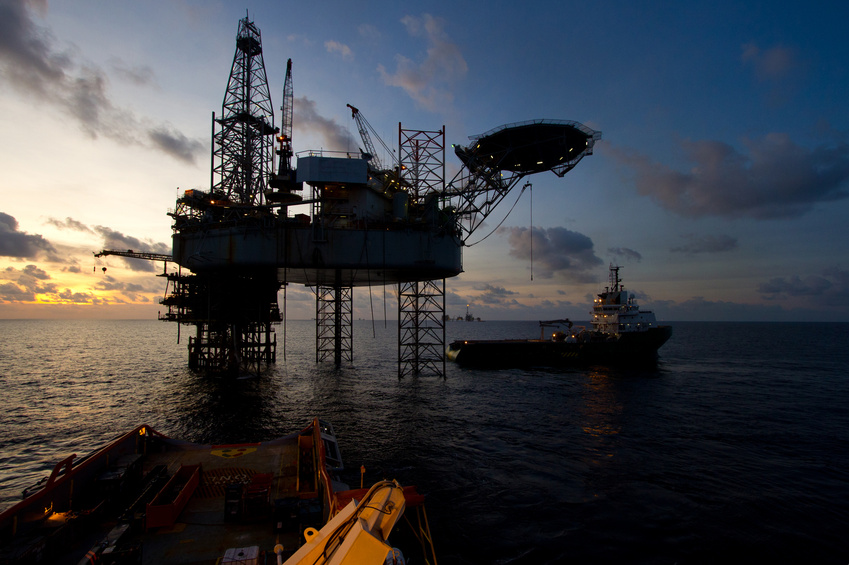
19 Mar Why U.S. Shale is More Resilient Than You Think
News of oil and gas’ alleged demise continue to emblazon headlines around the world — but when it comes to the long-term picture, this industry might be much more resilient and capable of growth than previously thought possible.
According to a March 15 Financial Times article, U.S. oil drilling rig systems have already begun to level off after the decline that began last summer, rather than continuing to collapse. Forecasts are already predicting that U.S. drill rigs’ production will grow throughout the end of 2015 and into 2016, if prices rise to $60 per barrel.
A major factor behind this projected recovery is North American shale, which is the most promising area that drilling rig companies are choosing to focus on. The Energy Information Administration (EIA) has estimated that gas production from shale will reach 13.6 trillion cubic feet by 2035, making up almost half of the country’s natural gas production. Shale is also fostering the fast-growing method of hydraulic fracturing — nearly 95% of new oil and gas wells are drilled using this technique.
In Pennsylvania alone, the Marcellus Shale generated 4 trillion cubic feet of natural gas throughout 2014, a stark contrast to declines in production throughout the rest of the oil and gas industry, Philly.com reports.
The key to ensuring success and long-term recovery is to cut operating costs while keeping production steady, theFinancial Times reports. And, for the most part, the major drilling companies are doing so. EOG Resources has announced plans to reduce capital spending by 40% this year with a mere 3% drop in production. Hess will cut its spending by 14% while growing production by 12%.
Given the fact that there is enough oil left in the earth to accommodate 53 more years of production, the possibilities for long-term growth spurred on by North American shale are very real.
What are your thoughts on the future of oil and natural gas drilling equipment? Do you think shale is the answer to long-term recovery and growth? Share your predictions with us in the comments below.



Sorry, the comment form is closed at this time.